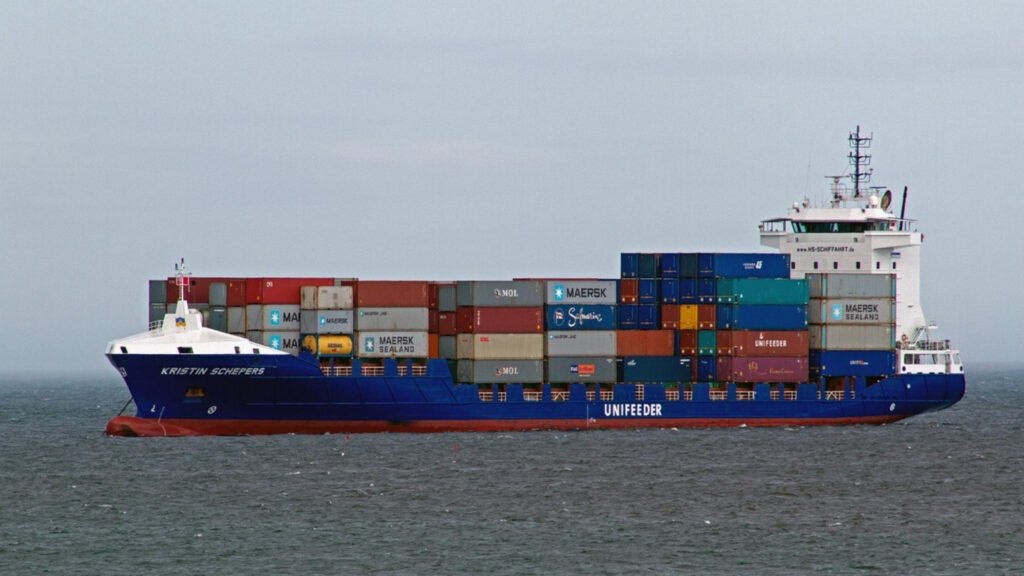Waterways remain the backbone of global trade, with ports serving as gateways to international commerce. Nations with robust port infrastructure, from Italy to Singapore, rely heavily on maritime transport to fuel their economies. The ocean economy, with its estimated $2.5 trillion export potential, continues to be a critical driver of post-pandemic recovery.

Yet, as vital as shipping is, it also faces mounting security and safety challenges—both natural and man-made. From piracy and smuggling to extreme weather events and oil spills, ship operators must navigate a complex web of risks. Today, advanced technologies are emerging as indispensable tools for mitigating those risks and safeguarding the global supply chain.
Existing Safety and Security Measures
Traditional measures still form the foundation of ship safety: vigilant crews, controlled visitor access, regular patrols of restricted areas, secure gates, and constant equipment monitoring. Communication systems must remain operational even during loading and unloading to ensure cargo tracking. Trained crew members are expected to recognize threats early and respond swiftly in emergencies.
While these measures are essential, they are no longer sufficient to counter today’s sophisticated threats. That is where technology comes in.
Growing Challenges in the Maritime Industry
The sector grapples with harsh natural conditions such as storms, tides, and unpredictable sea states, which endanger crew and cargo alike. Oil spills remain an environmental and operational hazard, while accidents can jeopardize entire voyages.
Equally concerning are artificial threats: hijacking, piracy, illicit trade, human trafficking, and large-scale drug smuggling. Cyberattacks targeting vessel cargo data have also become a growing menace, further underscoring the need for robust digital defenses.
Combatting Problems Using Technology
Much like autonomous vehicles, modern ships are increasingly incorporating artificial intelligence, machine learning, and computer vision. Autonomous vessels, drawing parallels with Tesla’s autopilot systems, can make safety-critical decisions in real time, identify risks, and improve operational efficiency. Cybersecurity has also become a priority, with blockchain and IoT technologies enabling secure, transparent tracking of cargo and operations.
Smart Ports: The Future of Global Trade
Smart ports represent one of the most transformative developments in maritime security. By integrating AI, big data, blockchain, and IoT, ports can automate cargo handling, track ship movements, and predict congestion.
- Rotterdam, Netherlands is building a digital twin of the port to monitor cargo, climate, and vessel conditions in real time.
- Busan, South Korea is leveraging blockchain to combat smuggling and enhance cargo tracking.
Smart ports rely on interconnected sensors, cameras, and servers to manage cargo flows, while remote-controlled cranes and automated trains boost productivity by up to 25%. Investments in smart clothing and AI-driven vehicles further enhance worker safety. However, the transition is costly. Implementing and maintaining these systems can run into billions of dollars, and cyberattacks—like the one targeting Antwerp Port—remain an ever-present risk.
Other Automated Systems Enhancing Security
Several automated systems already play a vital role in maritime safety:
- AIS (Automatic Identification System): Provides real-time vessel tracking and communication.
- AMVER (Automated Mutual Assistance Vessel Rescue System): A USCG program that helps locate and assist vessels in distress.
- AMS (Automated Manifest System): Tracks cargo through pre-entered shipping data, boosting port security.
- VMS (Vessel Management System): Uses GPS to manage traffic and exchange weather and environmental data between ship and shore.
Korea’s ICT Solution
South Korea has taken a lead in integrating ICT into maritime safety. Its telecom networks provide LTE coverage in remote areas, while IoT-enabled life jackets can be tracked up to 200 kilometers offshore. These jackets transmit real-time location and health data to rescuers, enhancing survival chances during accidents.
Weather Forecasting Innovations
Climate change has heightened the urgency of accurate weather prediction. New technologies like atmospheric radio occultation, which analyzes GPS and GNSS signals, are now being deployed for maritime use.
Start-ups such as Spire Maritime are leveraging CubeSat satellites to collect data on ocean currents, temperatures, and wind patterns. This information allows vessels to plan safer routes and respond proactively to emerging weather threats.
Conclusion
The maritime industry is at the forefront of a digital revolution. By embracing automation, AI, blockchain, and satellite data, ship operators can not only strengthen security but also unlock new efficiencies. Predictive maintenance powered by data analytics reduces downtime, while smarter ports and vessels promise safer and more sustainable trade.
But with opportunity comes responsibility. Cybersecurity must be fortified to protect critical infrastructure, and investments must balance innovation with cost efficiency. The future of shipping is digital, and its success will depend on how quickly and effectively ship operators adopt these advanced technologies.